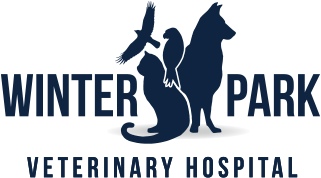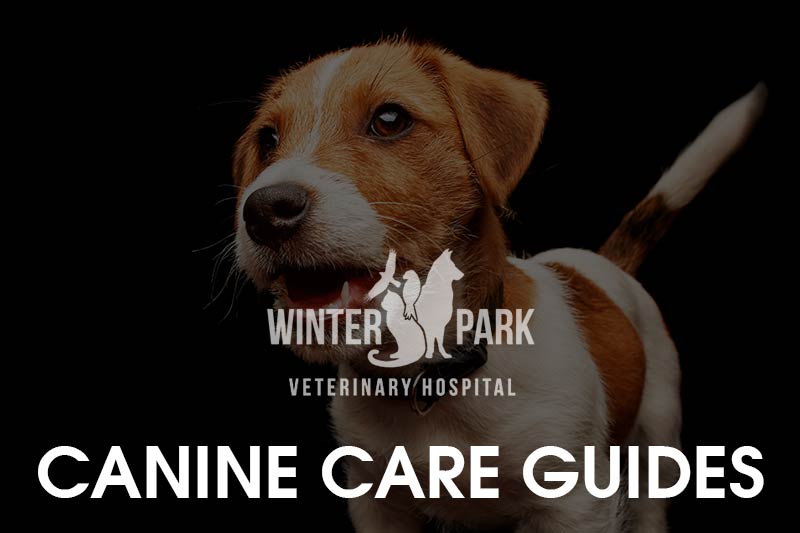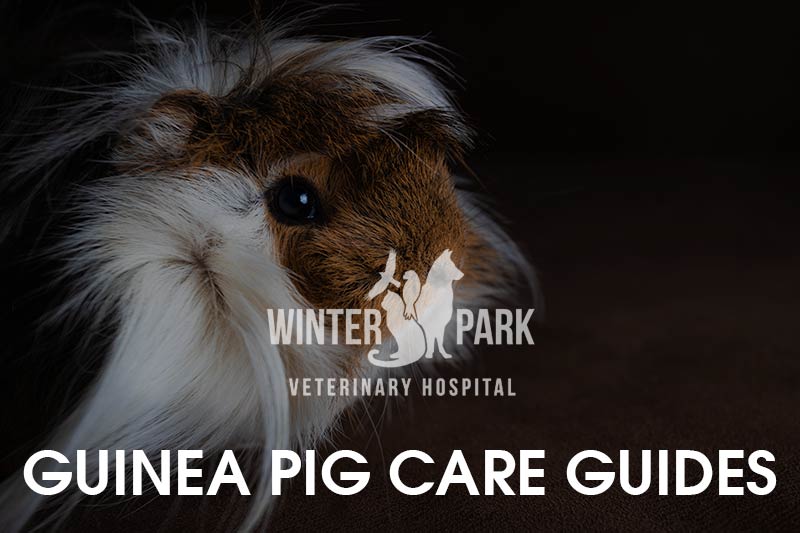Download Tortoise Care Guide – PDF
Species
The care and feeding of tortoises varies depending on the region from which they originated. Three regional classes of tortoises with examples of species are listed below.
- Grassland/desert tortoises: Sulcata [aka African spur-thighed] (Geochelone sulcata), Gopher tortoise (Gopherus polyphemus), Leopard tortoise (Geochelone pardalis), Star tortoise (Geochelone elegans), Pancake tortoise (Malacochersus tornieri).
- Temperate: Russian tortoise (Testudo horsfieldii), Spur-thighed tortoise (Testudo ibera), Marginated tortoise (Testudo marginata)
- Humid/Tropical: Red-footed tortoise (Geochelone carbonaria), Burmese brown (Manouria emys), Elongated tortoise (Indotestudo elongata), Hinge-backed (Kinixys spp.)
Housing
A secure outdoor enclosure is ideal for most tortoise species kept in Central Florida. An outdoor enclosure should have walls that are at least twice as tall as the tortoise is long, and should be covered in bird netting or other material to prevent intrusion from predators. The necessary size of the enclosure is dependent on the size of the animal. For a Sulcata tortoise this means an enclosure of at least 12’ by 12’.
In the winter, when temperatures drop below 65°F supplemental heating will need to be provided, or the tortoise may be brought indoors. Species that hibernate may be kept outdoors in the winter. Humid/tropical species will require a shallow pond and moist soil/mulch substrate to provide extra humidity.
Grassland/desert and temperate tortoises should be provided water for drinking and the substrate should be mostly sand or grass.
Smaller tortoises such as the Russian tortoise and hatchlings may be kept indoors if given the proper heating and lighting. Enclosures should be at least 8 times the length of the tortoise on each side (i.e. a 4-inch tortoise needs at least 32’ by 32’ of floor space).
Feeding
The main components of a good tortoise diet are:
- Hay/grasses/greens: Good-quality timothy, clover, or coastal hay, grass clippings (only use pesticide and herbicide free), dark green lettuces and greens such as romaine, collard and mustard greens, and endive.
- Vegetables: Green beans, squash, carrots, prickly pear cactus pads, melons, etc. Never feed spinach, broccoli, or cauliflower, as these contain high levels of oxalic acid which can be detrimental to tortoises.
- Fruits: Cantaloupe, melons, strawberries, bananas, citrus, etc.
- Protein: Low-fat dog food, monkey chow, cooked eggs.
The percentage of each component that makes up the diet depends primarily on the type of tortoise:
- Grassland/desert: 90% hay and grasses, 10% fruit and vegetables. Little to no high-protein foods should be offered to these tortoises.
- Temperate: 80% hay and grasses, 15-20% vegetables and fruit, and up to 5% high-protein food.
- Humid/tropical: 70% hay/grasses/greens, 20% mixed fruits and vegetables, and up to 10% high-protein foods. Some tropical species will even take small amounts of meat or a pinkie mouse.
Vitamins/Supplements
Use a calcium supplement such as Reptical™ two to three times a week, sprinkled on food. Use a multivitamin supplement such as Nekton-Rep™ or Reptivite™ once weekly.
Hibernation
Temperate species need a period of hibernation to remain healthy and to breed. These species can be hibernated simply by keeping them outdoors all year and not providing supplemental heat during the winter.
Heating/Lighting
In an outdoor enclosure, the sun provides necessary UV light and heat. Indoor heat should be provided through a basking lamp, with thermometers on each end of the enclosure to monitor the temperature. The temperature at the high end should reach between 85-95 degrees for most species. UV light should be provided through a separate UV bulb that provides both UV-A and UV-B light.
Reference
de Vosjoli P. Popular Tortoises. Mission Viejo, CA: Advanced Vivarium Systems, Inc, 1996. www.avsbooks.com









